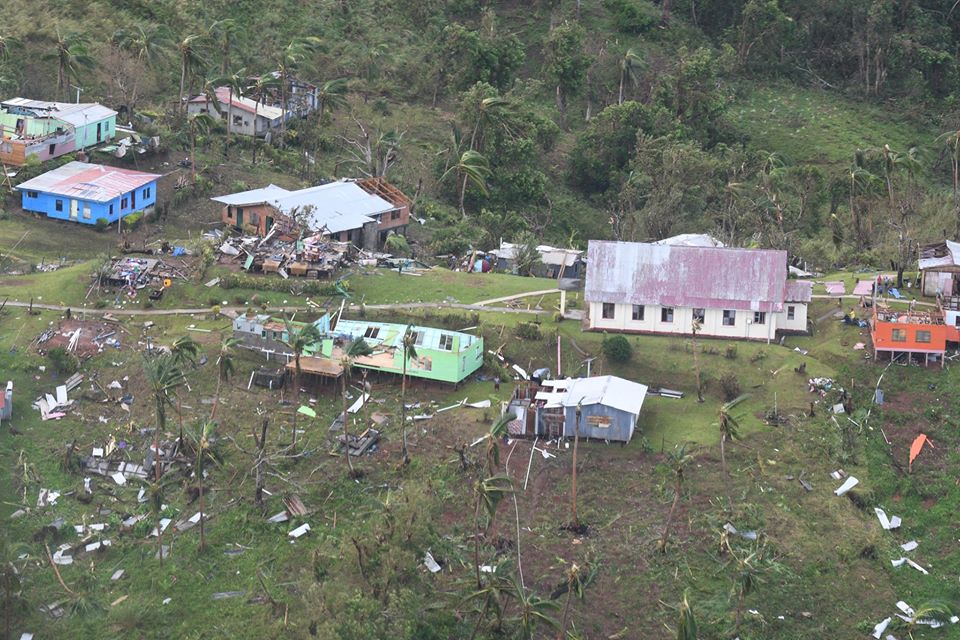The revelation that we can expect to be hit by four tropical cyclones in the November 2020 to April 2021 season is interesting.
A new model developed by a team of climate scientists from the University of Newcastle and the National Institute of Water and Atmospheric Research (NIWA) in New Zealand is behind the forecast.
The model, we are told, provides improved early warnings, four months ahead of the Southwest Pacific tropical cyclone season.
In the July outlook, it suggests Fiji can expect to get four tropical cyclones, the highest in the South Pacific.
“The provision of accurate and timely seasonal tropical cyclone outlooks are essential for informed decision-making,” said Dr Andrew Magee from the Centre for Water, Climate and Land at the University of Newcastle.
“If we can just make small incremental steps in reducing disaster risk and informing the population of the risks associated with the coming cyclone season, then it has the potential to save lives.”
The new outlook, he said, “plays an important role in building a more resilient future for Pacific Island communities”.
The revelation comes at the right time.
That’s if we are to factor in prevention measures. As we approach the start of our cyclone season, we have a reminder to put in place measures to ensure our safety.
It is difficult to erase the memories of the megastorm that was Severe Tropical Cyclone Winston in 2016.
Who can forget how it ripped through the country, tearing down homes, trees and killing people? Winston went past us in a blaze of fury and power, leaving behind a trail of destruction.
The power Winston unleashed on the country was shocking.
Picking up strength after Tonga, Winston developed into a massive Category 5 system that was frightening. It was unpredictable.
At first the projected path curved through the Lau Group and pointed to the southwest of Viti Levu.
It was expected to pass pretty close to the Capital City.
Winston had other ideas though. Picking up power, the system moved straight to the west, cutting through Lau, Lomaiviti, and brushed over Ra before curving down south again.
In its wake, it left flattened houses, uprooted trees, roof-less homes, flooding, frightened people, and death. Scenes of destruction met first responders.
We live in a country prone to cyclones and the wrath of mother-nature.
This isn’t something that has just popped out of the woodworks. We now have ample notice which is a very good thing.
In the face of the global pandemic, COVID-19, we have a timely reminder to be prepared, and proactive always.
In a sense, history is a good teacher.






